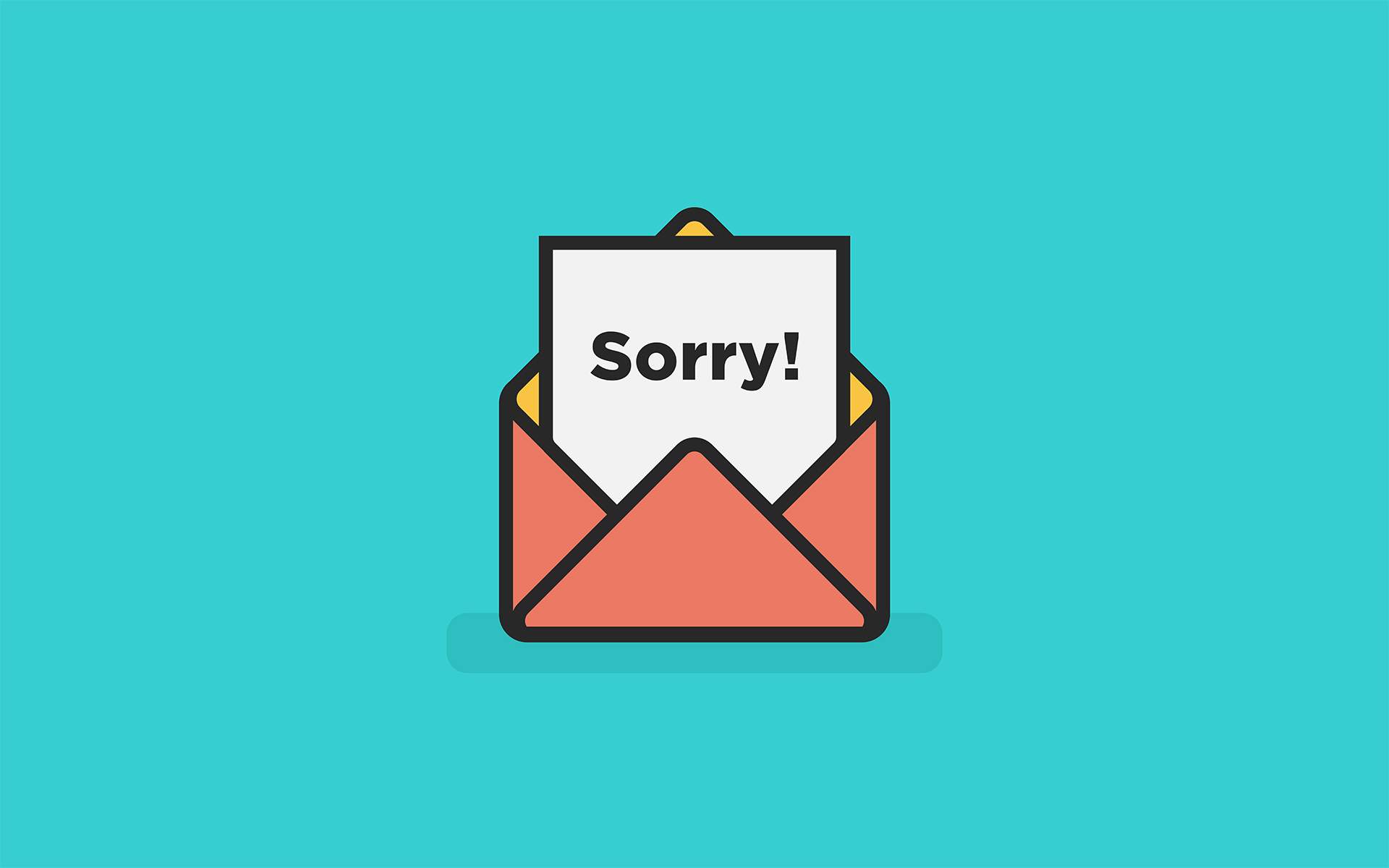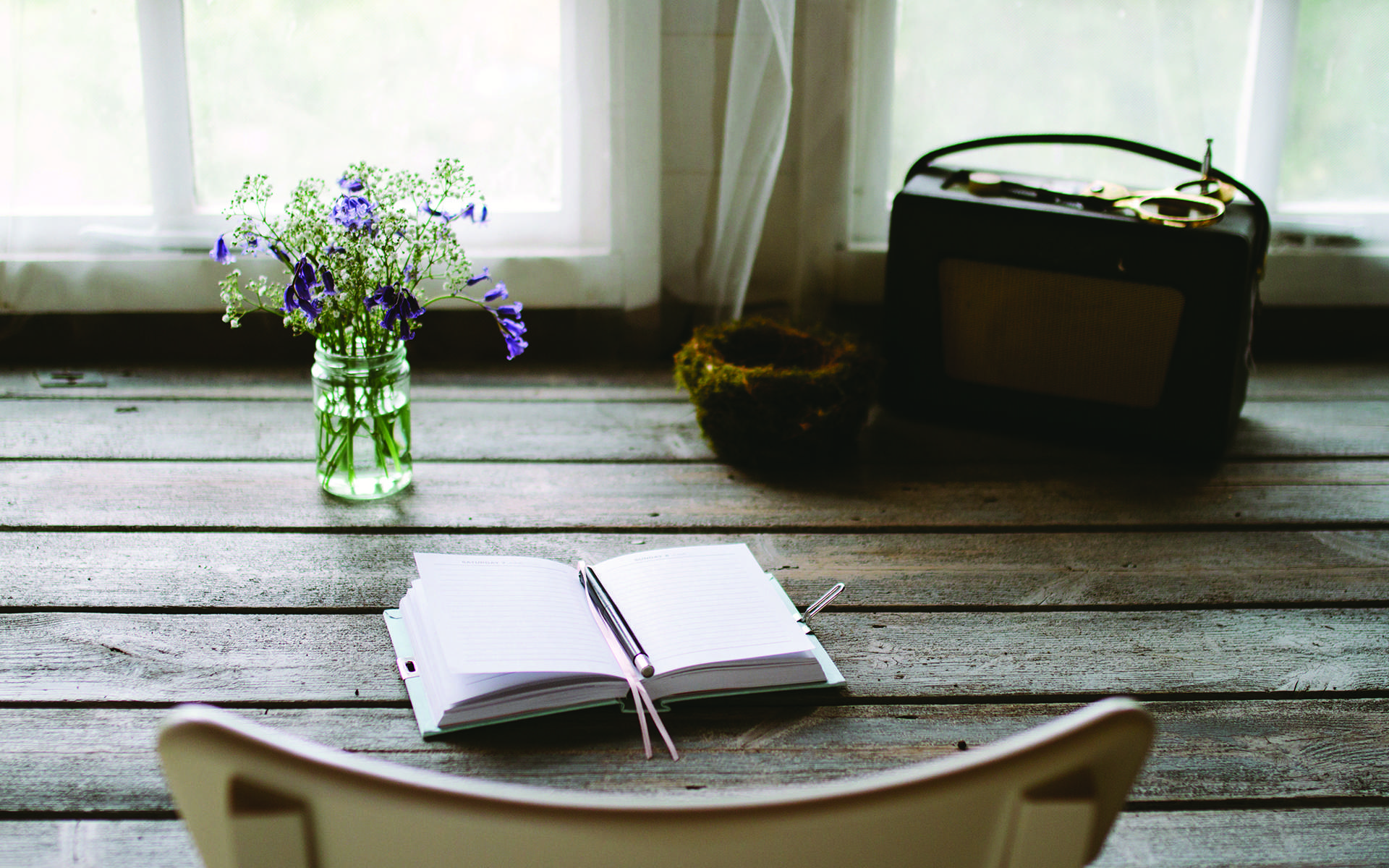It can be difficult to forgive. But who hurts most when we don’t? This short practice offers a way forward.
1. Take your seat. Take a moment to close your eyes or keep a soft gaze toward the floor. Take a few deep breaths.
2. Picture a person. Visualize a person in your life who has hurt you—maybe not the most extreme example, but this could be a family member, a coworker, or a stranger. Get a sense of the actual event or events that occurred that hurt you.
3. Observe the feeling. Tune in to how the body feels in this moment, and also what emotions are present. Is there a sense of anger, or sadness?
4. See the thoughts. Be aware of the thoughts that are circulating around this person. Notice if there are thoughts of hate, or spiteful thoughts. Feel this burden that lives inside of you from holding on to past hurts. Ask yourself in this moment: Who is suffering? Am I willing to forgive?
And if not, that’s perfectly fine. Perhaps this isn’t the time. And if so, just continue on with this short practice. Breathing in, acknowledge the hurt and pain that’s here. Breathing out, forgive and release this burden from your heart and mind.
Continue this practice off and on, for as long as it’s helpful to you.
Everyone forgives at their own pace. You may want to try going through the eight steps of forgiveness created by Robert Enright, Ph.D., one of the world’s leading forgiveness researchers.
read more
The Power of Forgiveness During Shelter in Place
More time at home may be an opportunity to connect with loved ones—or it could bring up emotional wounds that have yet to be healed. Here are three mindful practices to forgive ourselves and others.
Read More
A Mindfulness Practice for Forgiving Your Imperfections
Forgiveness is a unique form of nourishment, a way of providing ourselves and others a spaciousness around our conflicts and difficulties. Try this short meditation to help you let go and move on.
Read More
How to Start a Mindful Journaling Practice
Writing mindfully can loosen the grip of sticky emotions by bringing them out of the dark. With just a pen and paper, or an app, we can create the habit of being there for ourselves.
Read More









